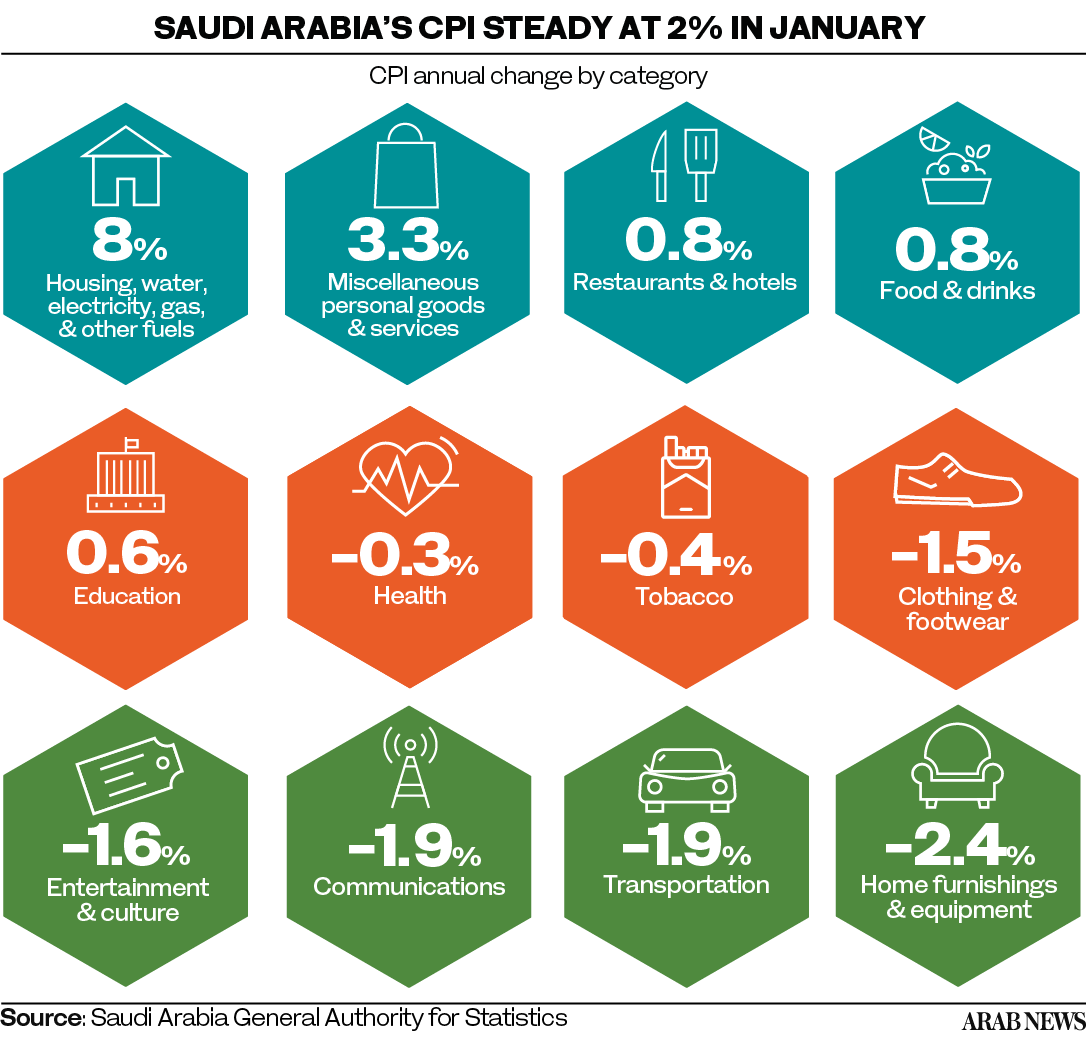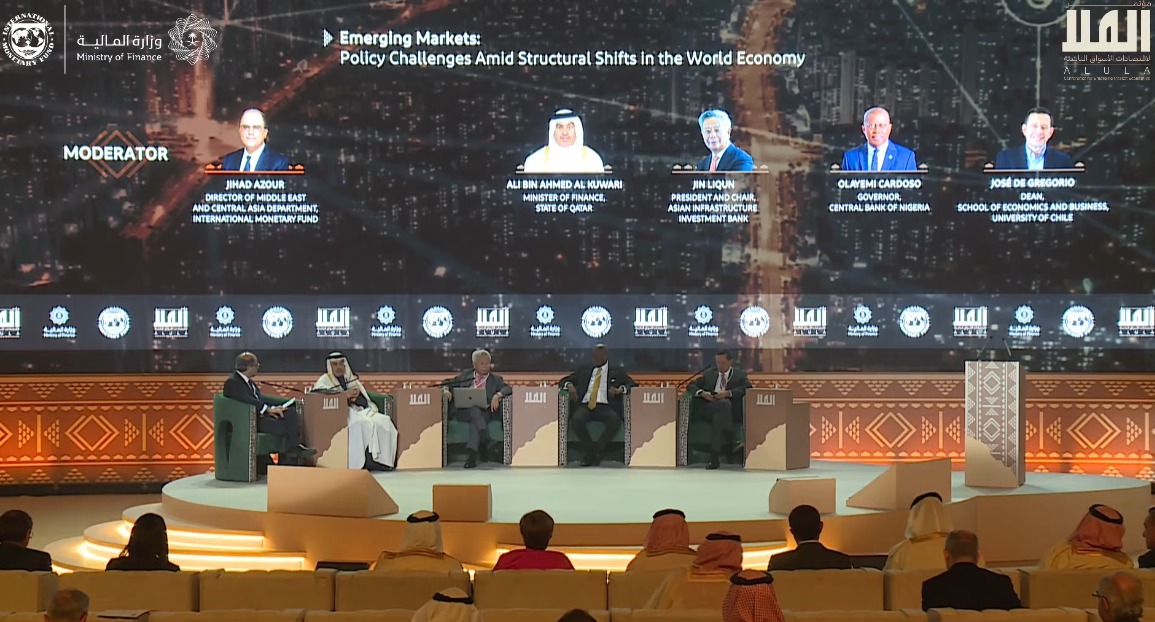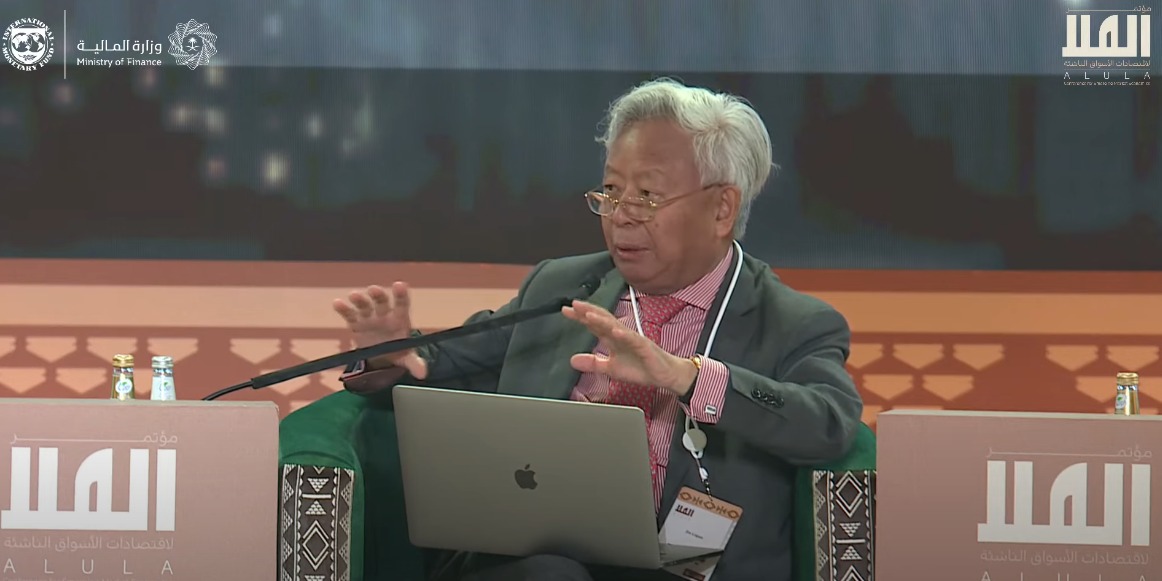RIYADH: Consumer prices in Saudi Arabia increased by 2 percent in January compared to the same month in 2024, primarily due to a rise in housing costs, official data showed.
According to a report by the General Authority for Statistics, housing rents in the Kingdom rose 9.7 percent year on year in January, while villa rental costs increased 7.7 percent.
The analysis said housing, water, electricity, gas, and other fuels saw a collective price increase of 8 percent.
Despite rising inflation rates globally, countries in the Middle East region have shown resilience against intensifying spending costs.
In December, the inflation rate in the UAE stood at 2.89 percent, 0.24 percent in Qatar, and 0.50 percent in Bahrain.

In October, a report by the World Bank projected that the Kingdom’s inflation level is expected to remain steady at 2.3 percent in 2025, lower than the Gulf Cooperation Council average.
“This increase (in housing prices) significantly impacted the continuation of the annual inflation rate for January 2025 due to the section’s weight, which amounted to 25.5 percent,” said GASTAT.
The release also detailed several additional shifts in consumer prices.
Food and beverage prices witnessed a moderate rise of 0.8 percent in January compared to the same month in the previous year. The rise in this section was attributed to an increase in the costs of vegetables, which rose by 5.6 percent.
Personal goods and services expenses increased by 3.3 percent, influenced by a 21.6 percent rise in jewelry prices.
Costs for restaurants and hotels rose by 0.8 percent year on year.
Furnishing and home equipment expenses witnessed a 2.4 percent year-on-year decline.
Prices for clothing and footwear decreased by 1.5 percent compared to the same month in the previous year, while transport expenses dropped by 1.9 percent.
Saudi Arabia’s consumer price remained stable compared to December, with the index recording a marginal increase of 0.3 percent.
According to GASTAT, housing rents increased by 0.3 percent compared to December, while food and beverage prices rose by 0.3 percent.
Transportation prices increased by 0.5 percent compared to December, while costs of clothing and footwear rose by 0.1 percent.
Prices for communication decreased by 0.3 percent month on month, while expenses for education declined by 0.1 percent.
The prices of restaurants and hotels showed no significant change compared to the previous month.
Wholesale Price Index
In a separate report, GASTAT said the Kigndom’s Wholesale Price Index rose by 0.9 percent in January compared to the same month of the previous year.
The authority revealed that the rise was attributed to a 1.5 percent increase in the prices of other transportable goods and a 4.6 percent boost in the costs of agriculture and fishery products.
Meanwhile, the prices of food products, beverages, tobacco, and textiles decreased by 0.3 percent year on year.
The prices of metal products, machinery, and equipment also declined by 0.2 percent compared to January last year.
In contrast to December, Saudi Arabia’s wholesale price index increased by 1.7 percent.
GASTAT said this rise was due to a 4.1 percent price boost in other transportable goods, excluding mineral products.
The cost of metal goods, machinery, and equipment decreased by 0.2 percent month on month, while the price of ores and minerals declined by 0.1 percent.
Agricultural and fishery products stabilized, and no relative change was recorded in January compared to December.


























